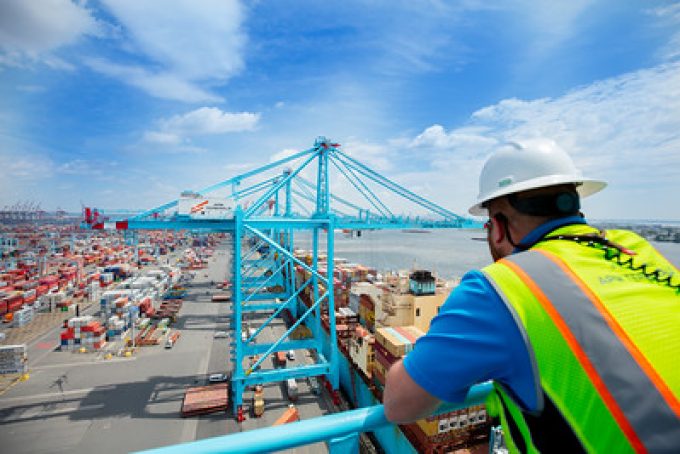MSC fleet now 900 vessels-strong
After taking delivery of the 16,000 teu MSC Germany this week, Swiss-headquartered carrier MSC broke ...

The port of New York and New Jersey (NY/NJ) is emerging as the main alternative for shippers that traditionally route their cargo through Baltimore.
Following the collapse of the Francis Scott Key Bridge on 26 March at the entrance to Baltimore Port, the US east coast’s fifth largest gateway was cut off, leaving shippers and carriers hunting for alternatives.
Baltimore handled 1.1m teu in 2023, with three carriers – MSC, Maersk and Zim – accounting for almost two-thirds of these volumes, according ...
Asia-USEC shippers to lose 42% capacity in a surge of blanked sailings
USTR fees will lead to 'complete destabilisation' of container shipping alliances
New USTR port fees threaten shipping and global supply chains, says Cosco
Outlook for container shipping 'more uncertain now than at the onset of Covid'
Transpac container service closures mount
DHL Express suspends non-de minimis B2C parcels to US consumers
Zim ordered to pay Samsung $3.7m for 'wrongful' D&D charges
Uncertainty over US tariffs sparks interest in bonded warehouses for imports

Comment on this article